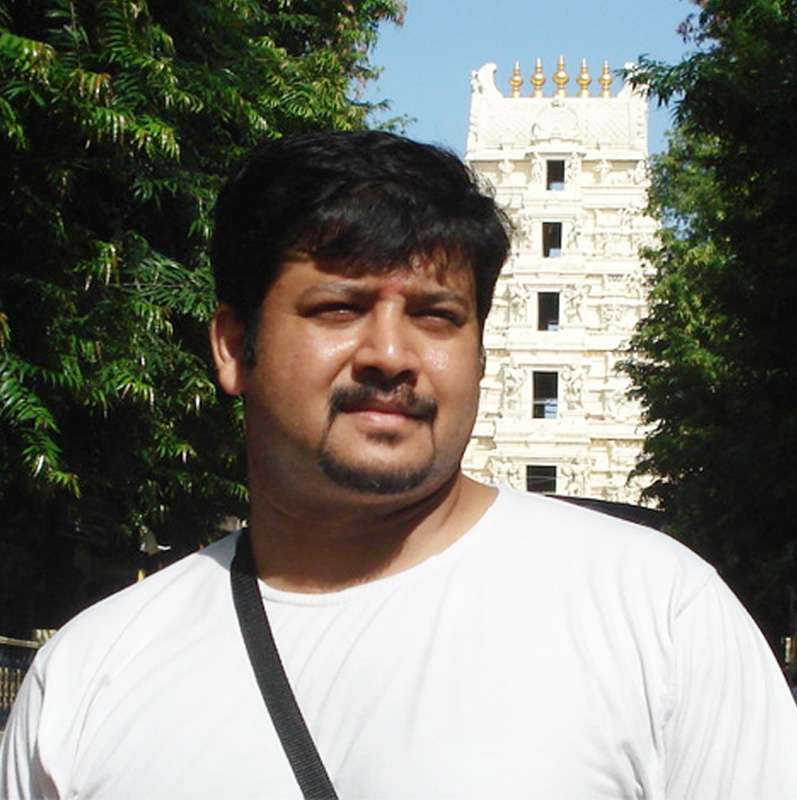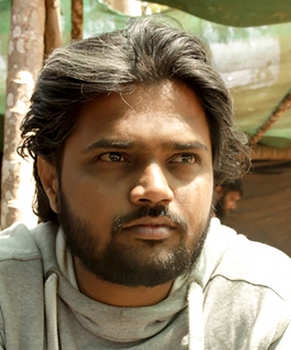
The first kind of Artform that came into existence to be seen as Indian Sculptures. This started from making abodes that can be seen in Harappan Civilization and later evolved into depicting the culture and lifestyle of a place, people, and society in the most embellished way. Indian Sculpture is one of the most loved forms of art.
We are immensely proud of India for having produced so many amazing pieces of art and artists for the globe. Art has always been treated with a certain amount of respect in this country, whether it be traditional forms of art and arts representing the legacy of the nation or modern artworks and arts reflecting new ideas.
Today we will explore the incredible stone and rock sculpture art of India! These Indian sculptures are exquisite examples of workmanship as well as profound reflections on culture, religion, and history! The prominence of some of the Indian stone and rock sculptures has led to their designation as UNESCO World Heritage Sites. Through this blog, we will also get to know about famous Indian artists.
So, here we have some of the most famous stone and rock Indian sculptures that you must visit!
10 Must-Visit Popular Stone and Rock Indian Sculptures
1. Hoysaleswara Temple, Halebid, Karnataka
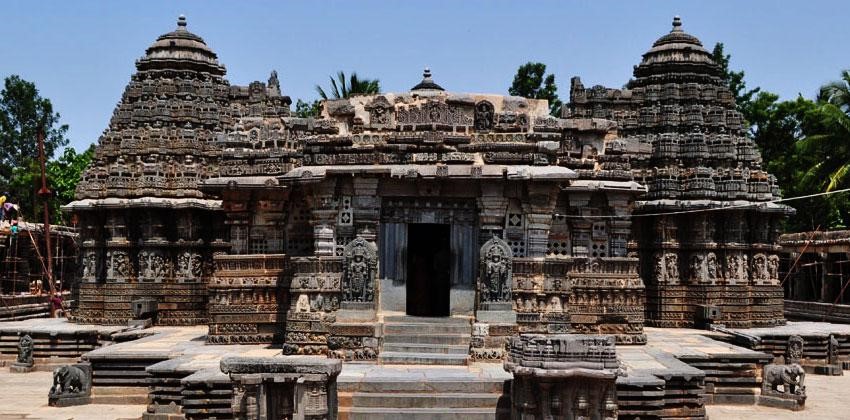
Hoysaleswara Temple is dedicated to Lord Shiva and is located in Halebidu, Hassan. This 12th-century temple is surrounded by ponds, mantapas and lakes. It is well known for awesome carvings all along the outer walls and sculptures and architecture speak about the brilliance of Hoysala period.
Inside the temple, stunning sculptures and murals depict magnificent examples of Hindu architecture. At the temple's entryway is a statue of a dancing Ganesha. No other temple has as many exquisite sculptures as the more than 240 pictures in this one.
The best time to visit this temple is in February for the festival of Shivratri.
2. Sun Temple, Konark, Odisha
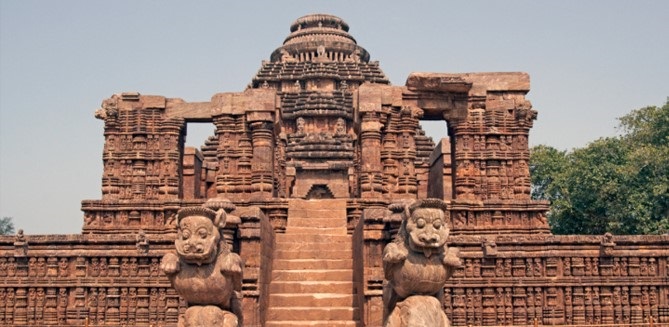
Sun Temple Konark is located in the coastal area of Odisha, speak high of the architectural mastery in the 13th century. This temple, which was constructed using traditional Kalinga architectural techniques, is designed to resemble the Sun God's enormous chariot, which is drawn by a team of seven horses and has twelve pairs of lavishly carved stone wheels. Around the temple, the outside walls are covered in carvings of erotica, creatures, monsters, warriors, and animals. The Konark Temple, as seen today was merely an entrance to the main temple back then which has fallen now.
3. Ajanta Caves, Maharashtra
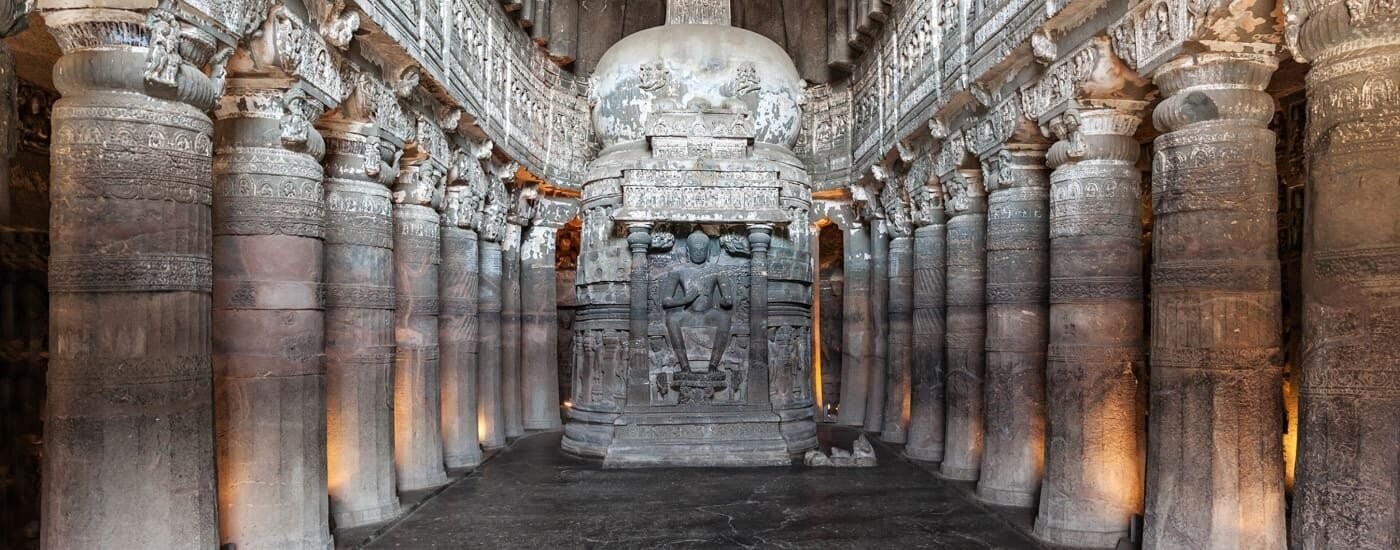 Ajanta Caves are another UNESCO World Heritage Site, these caves were built during different eras of history, i.e. 2nd century BCE to 7th century CE. Simple hammer and chisel work creates the artwork in a horseshoe-shaped rock wall that is naturally formed and has 30 caverns. The caves have magnificent wall paintings and outstanding Indian sculptures and architecture. Even today, travellers from all over the world visit the caverns. These are mostly Buddhist sites and were used as a retreat by Buddhist Monks.
Ajanta Caves are another UNESCO World Heritage Site, these caves were built during different eras of history, i.e. 2nd century BCE to 7th century CE. Simple hammer and chisel work creates the artwork in a horseshoe-shaped rock wall that is naturally formed and has 30 caverns. The caves have magnificent wall paintings and outstanding Indian sculptures and architecture. Even today, travellers from all over the world visit the caverns. These are mostly Buddhist sites and were used as a retreat by Buddhist Monks.
4. Khajuraho Temples, Madhya Pradesh
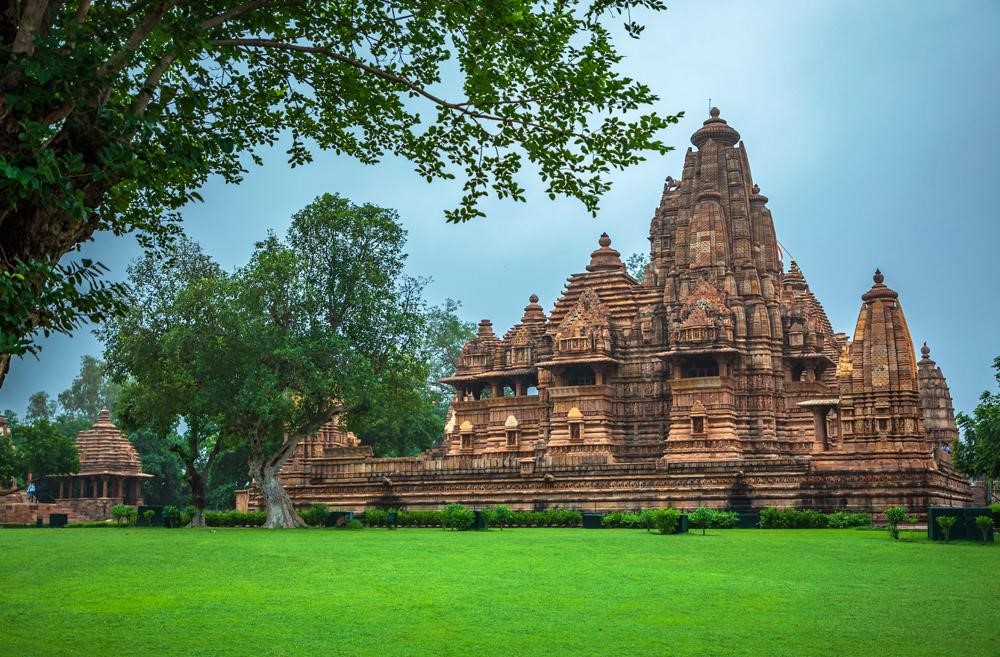 One of the best collections of Hindu and Jain temples in the world, the Khajuraho Group of Monuments is known for its sexual sculptures and Nagara-style architectural symbolism. During the height of the Chandela dynasty, from AD 900 and 1130, the Chandella kings constructed the Khajuraho Temples.
One of the best collections of Hindu and Jain temples in the world, the Khajuraho Group of Monuments is known for its sexual sculptures and Nagara-style architectural symbolism. During the height of the Chandela dynasty, from AD 900 and 1130, the Chandella kings constructed the Khajuraho Temples.
Erotic sculptures are used to embellish temple walls on the exterior or inside, but not close to the deities. The purpose of these sculptures is actually show passionate interactions between humans along with changes that occur in the human bodies.
5. Meenakshi Temple, Madurai
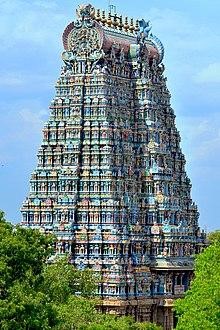
Meenakshi Temple is devoted to Parvati and her husband, Lord Shiva, and is situated on the Vaigai River's southern banks. This stunning piece of architecture, also known as Meenakshi Sundareswarar Temple, is a thriving centre for the arts and culture.
The current building, built between 1623 and 1655 CE, was one of the top 30 contenders to be named one of the "New Seven Wonders of the World." The exteriors of the temple's halls, gopurams, and shrines are ornate and lavish. This Hindu temple is the pinnacle of traditional architecture, and the paintings are breath-takingly beautiful.
6. Ramanathaswamy Temple, Rameswaram
Lord Shiva is honoured in the Ramanathaswamy Temple on the Tamil Nadu island of Rameswaram. The temple is also one of the nation's 12 Jyotirlinga temples, which are considered to be holy.
In accordance with mythology, Lord Rama is said to have prayed to Lord Shiva here. The temple has one of the longest and most ornate corridors among other temples in South India. One of the char dhams for pilgrimage is Rameswaram.
7. Vitthala Temple, Hampi
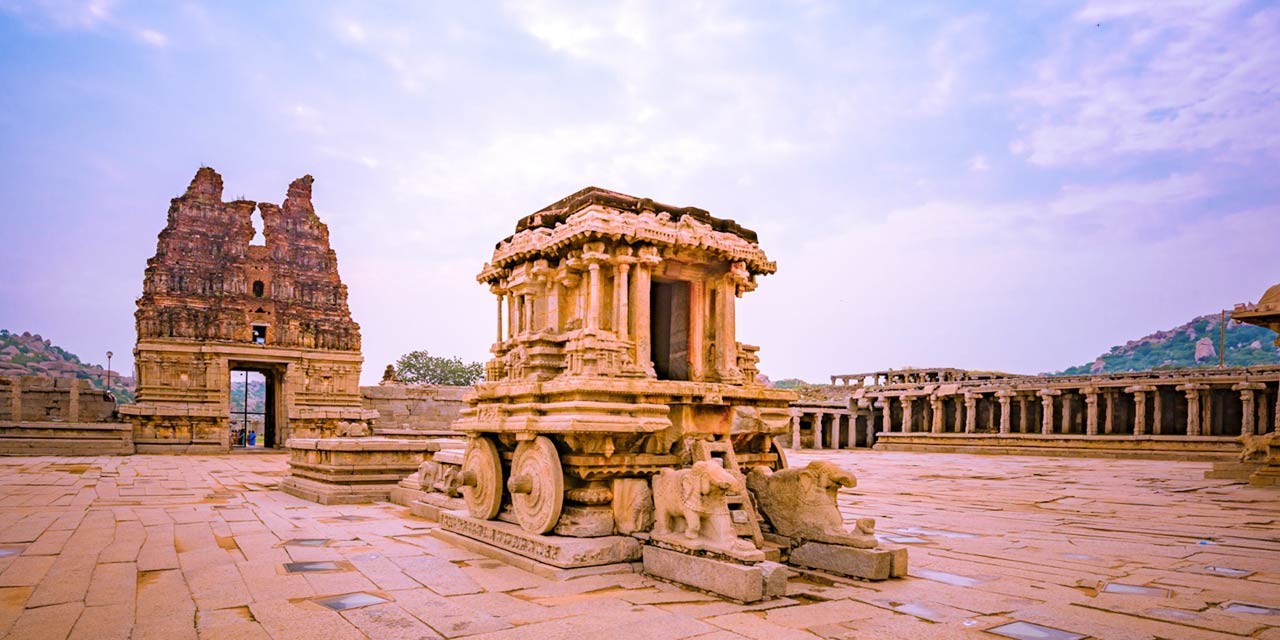 This spectacular masterpiece is a living legend of Hampi’s numerous monuments in terms of their architectural magnificence and Indian sculptures. Vithhala Temple, dedicated to Lord Vishnu stands apart in showcasing its awe-strucking architecture and grandeur.
This spectacular masterpiece is a living legend of Hampi’s numerous monuments in terms of their architectural magnificence and Indian sculptures. Vithhala Temple, dedicated to Lord Vishnu stands apart in showcasing its awe-strucking architecture and grandeur.
It is renowned for its musical pillars, which when played in a specific way are claimed to release musical notes. Another attraction of the temple is the monolithic and giant stone-chariot.
8. Sri Ranganathaswamy Temple, Srirangapatna
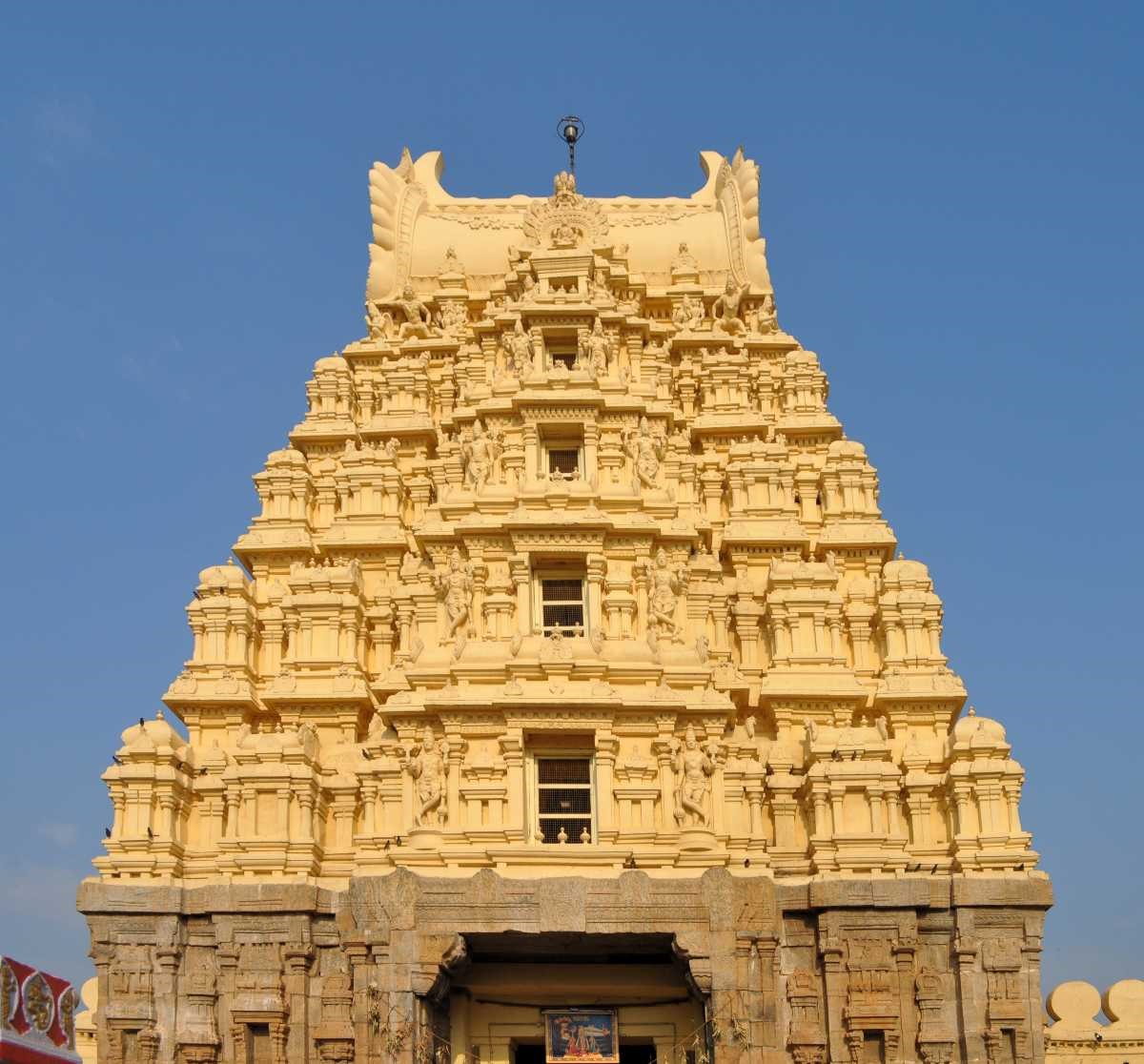 The Sri Ranganathaswamy Temple is devoted to Ranganatha, a manifestation of Lord Vishnu, and is situated at Srirangam, Tiruchirapalli. The temple is well-known for its architecture and mythology and is situated on an island in the Kaveri River.
The Sri Ranganathaswamy Temple is devoted to Ranganatha, a manifestation of Lord Vishnu, and is situated at Srirangam, Tiruchirapalli. The temple is well-known for its architecture and mythology and is situated on an island in the Kaveri River.
This South Indian temple has one of the largest religious complexes in the world. This temple, which was constructed in the Dravidian style, is spectacular in both beauty and architectural intricacy. The temple is also one of the eight “Swayam Vyakta Kshetras” of Lord Vishnu.
9. Mahishasura Mardini Cave, Mahabalipuram, Tamil Nadu
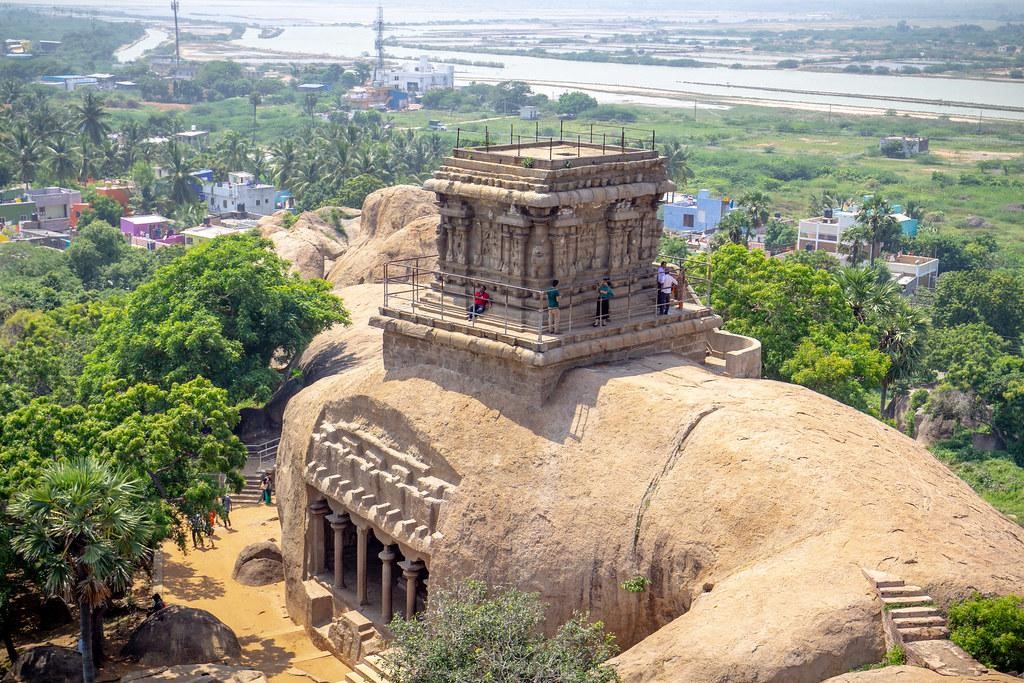 Given that it was built in the 7th century, this monument is among the earliest rock-cut structures in India. The thing that will catch your eyes the most is the Indian sculpture showing Lady Durga on her carrier lion as she slays the demon-king, Mahishasura. Another is a sculpture of Lord Vishnu resting on a snake with seven hoods.
Given that it was built in the 7th century, this monument is among the earliest rock-cut structures in India. The thing that will catch your eyes the most is the Indian sculpture showing Lady Durga on her carrier lion as she slays the demon-king, Mahishasura. Another is a sculpture of Lord Vishnu resting on a snake with seven hoods.
10. Brihadeshwara Temple, Thanjavur
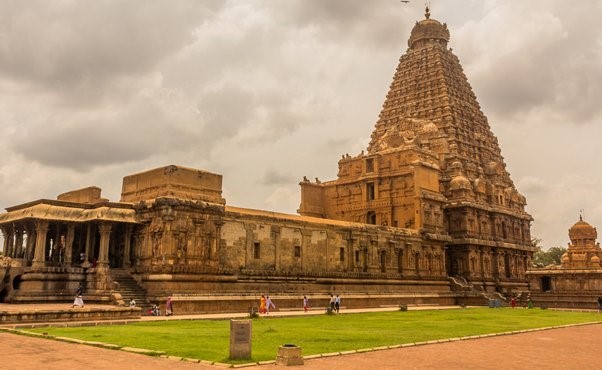
A splendid example of Tamil architecture under the Chola Dynasty, The Brihadeeshwar temple is located in the city of Thanjavur. One of the most well-known South Indian temples, it is a part of the "Great Living Chola Temples". Another UNESCO World Heritage Site is this gorgeous temple. Dedicated to Lord Shiva, this great Indian temple turned 1005 years old in 2015.
Read More: Indian Art Ideas: A Premier Art Portal for Indian Sculptures and Selling Paintings
Famous Indian Sculpture Artists
All of the artwork presents in the nation reflect the vibrant nature of Indian culture and way of life. The intricate sculptures that one finds around India are a significant display of the country's diverse cultural, history, and different religious and ethnic groups. Discover some of the Indian sculptures below, created by some of the best Indian artisans, with amazing craftsmanship, strength, and vitality.
1. Ravinder Reddy
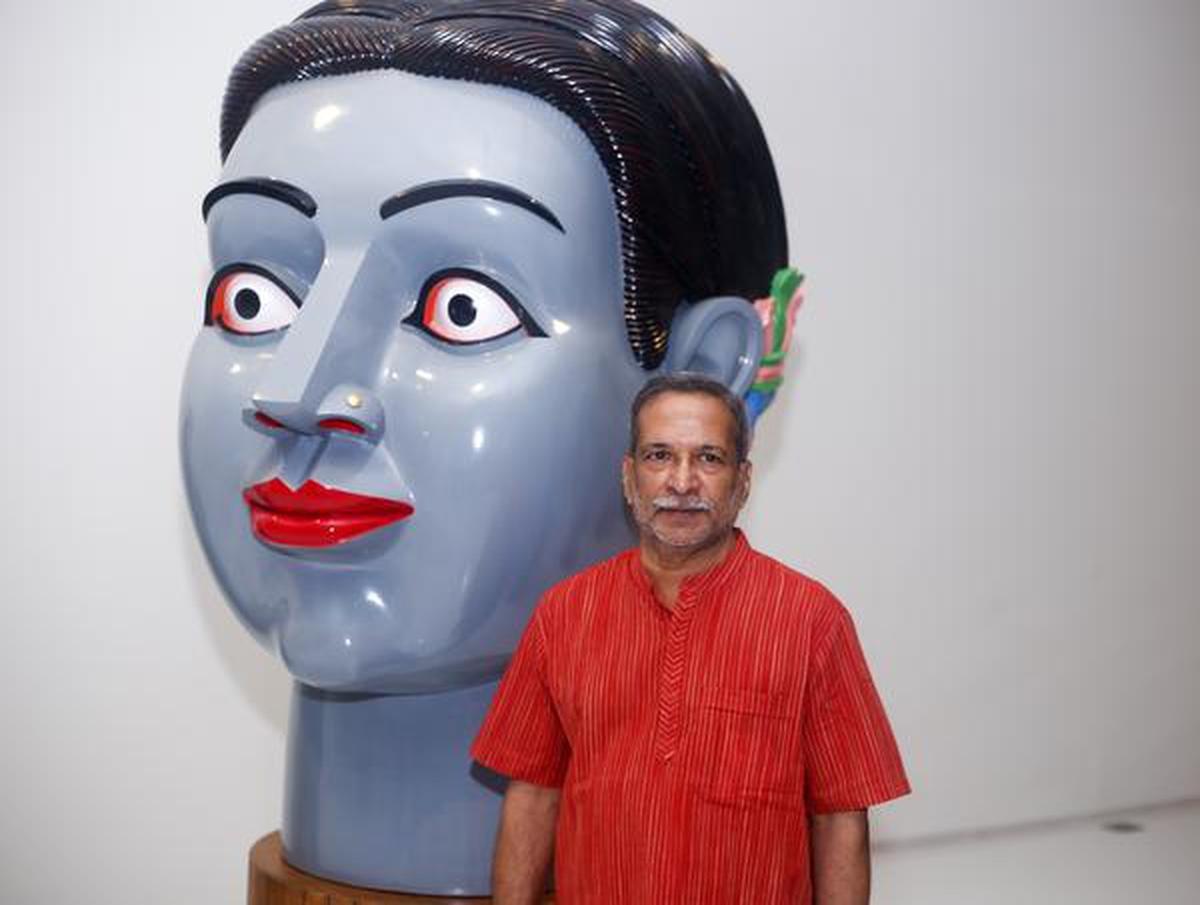 Sculpted in fibreglass on a grand scale, Reddy's enormous girl heads and nudes are some of the maximum visible and recognisable examples of current South Asian art. Reddy combines pop and folk sensibility with Hindu sculptural traditions. His creations suggest a complex femininity that embraces the modern day while being firmly anchored in the past.
Sculpted in fibreglass on a grand scale, Reddy's enormous girl heads and nudes are some of the maximum visible and recognisable examples of current South Asian art. Reddy combines pop and folk sensibility with Hindu sculptural traditions. His creations suggest a complex femininity that embraces the modern day while being firmly anchored in the past.
2. Neeraj Gupta
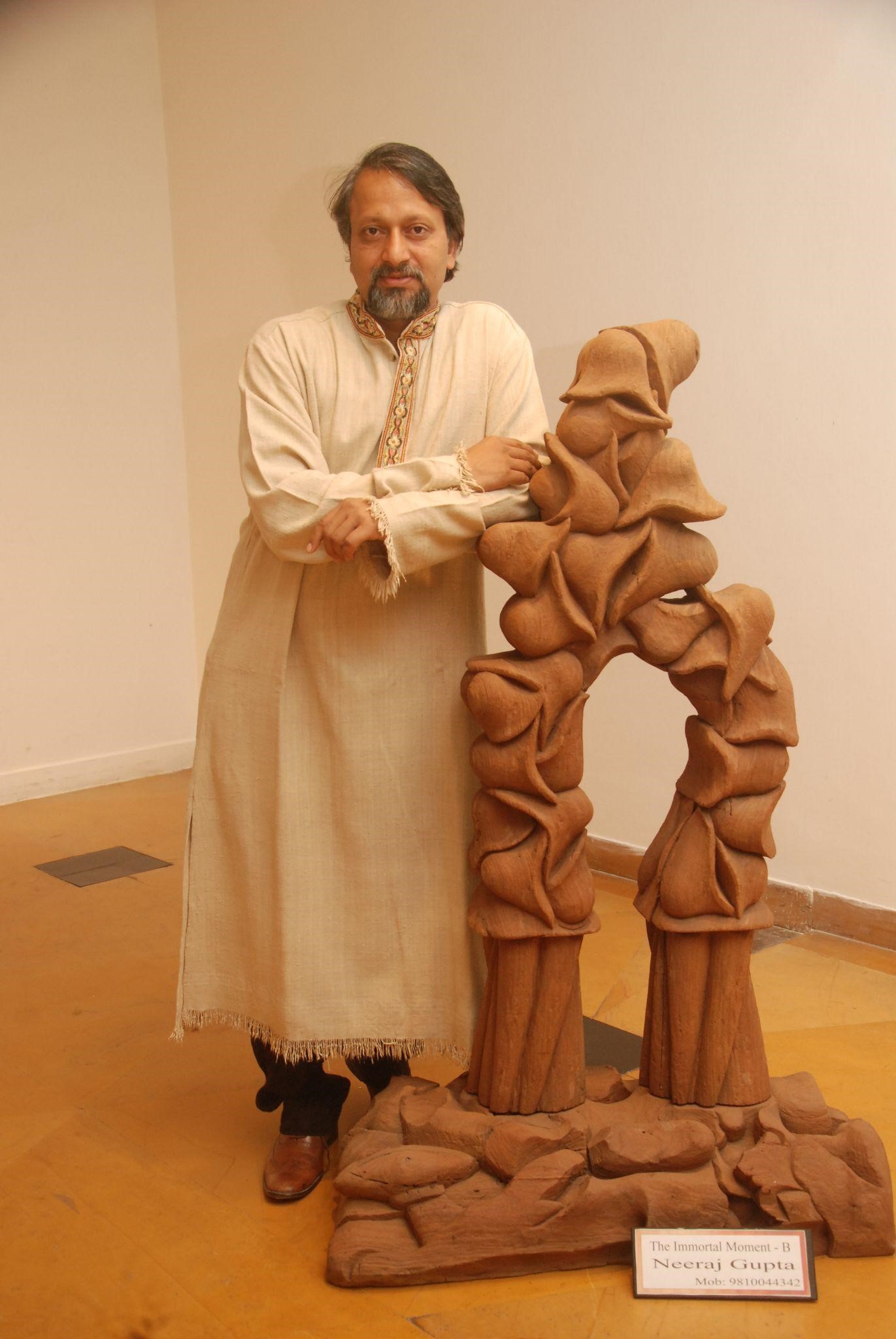
Neeraj Gupta believes that conventional sculpturing remains a powerful form of art as it presents a status subculture of the cultural, regional, and spiritual beauty of India. Since he has innately changed the conventional into current and contemporary bureaucracy, his works are powerful expansions of Indian art traditions like Rasa, Bhava, and philosophical textual content.
Through his signature creations grotesque Heads, the artist explores the which means of perceived fact and the creativity of the human mind. Depicting the anxieties of contemporary existence, these specific fashion of heads with remarkable figural distortion and descriptive thick layers of pigmented cement remedy may be defined as flecked, ordinary and attractive. Despite being self-taught, Neeraj has established a name for himself and has more than 15 solo exhibits both domestically and overseas.
Aside from this, this Indian artist is the President of Delhi artwork Society and has authored the book 20 solutions” Artists response to climate change.
3. Zarina Hashmi
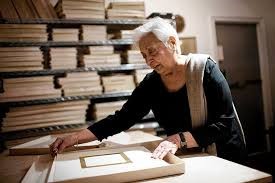
Zarina Hashmi makes abstract works using paper as her main material and a minimal language rich in institutions. These works are inspired by her experiences of exile and dispossession and the concept of home, whether it be familial, geographical, national, non-secular, or personal.
4. Subodh Gupta
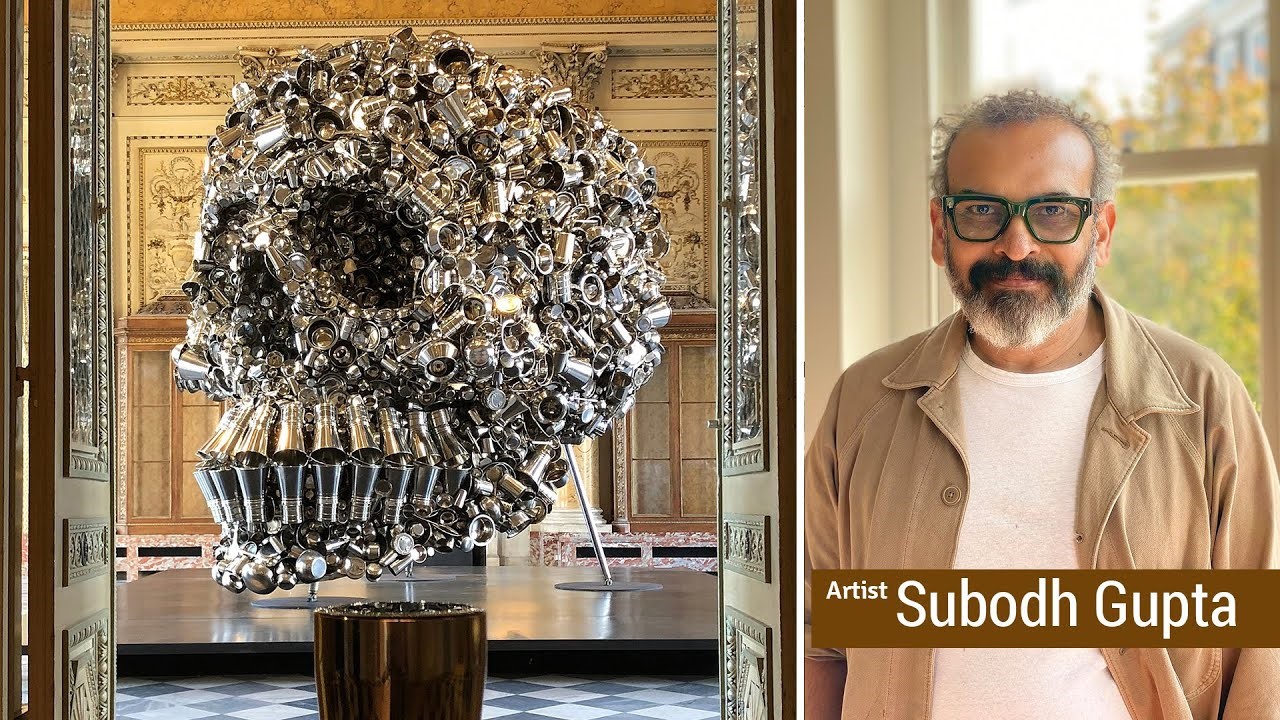 After receiving training as a painter, he immediately began experimenting with other mediums, which led to the creation of his first installation, Twenty-nine Mornings, in 1996. He is typically recognized for operating with everyday objects that are ubiquitous all through India, inclusive of the steel kitchen utensils utilized in every household in the country.
After receiving training as a painter, he immediately began experimenting with other mediums, which led to the creation of his first installation, Twenty-nine Mornings, in 1996. He is typically recognized for operating with everyday objects that are ubiquitous all through India, inclusive of the steel kitchen utensils utilized in every household in the country.
5. Bharti Kher
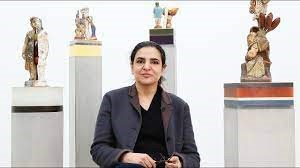
The stick-on, ready-made bindi, a customary Indian forehead ornament, is at the centre of Bharti Kher's work and allows ambiguous interpretations that veer between tradition and contemporary. Kher thrives on producing work that explores human drama and contemporary life, while also illustrating misunderstanding, conflict, plurality, and contradiction.
6. Rina Banerjee
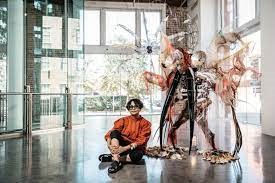
The inspiration for Rina Banerjee's lyrical multidisciplinary works comes from her love of material, fabric, and texture as well as her experience living in communities with a variety of ethnic and racial groupings. She describes her body of work as an investigation of "precise colonial moments that reinvent region and identity as complex, intertwined, and occasionally surreal diasporic experiences."
7. Hema Upadhyay
 Hema Upadhyay explores ideas of private identification, belonging, displacement, nostalgia, and gender through photography and sculptural setup, commenting on the contemporary status of Mumbai, a metropolis with its multiculturalism due to migrant migrations.
Hema Upadhyay explores ideas of private identification, belonging, displacement, nostalgia, and gender through photography and sculptural setup, commenting on the contemporary status of Mumbai, a metropolis with its multiculturalism due to migrant migrations.
Interesting Blog: Techniques Used To Create Stone, Wood and Ivory Sculpture
8. Sheela Gowda

Sheela Gowda uses found and recycled objects and materials like cow dung, red kumkum (turmeric), incense, human hair, gold-leaf, ceremonial dyes, and household items like coconut fibres, needles, threads, and cord to create works that incorporate sculpture, installation art, and images of urban and rural India.
9. Anish Kapoor
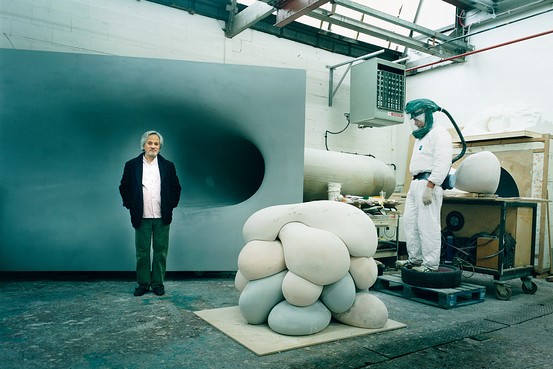
Elegant sculptures by Anish Kapoor blend simple materials, geometric designs, and organic shapes.
10. Shilpa Gupta
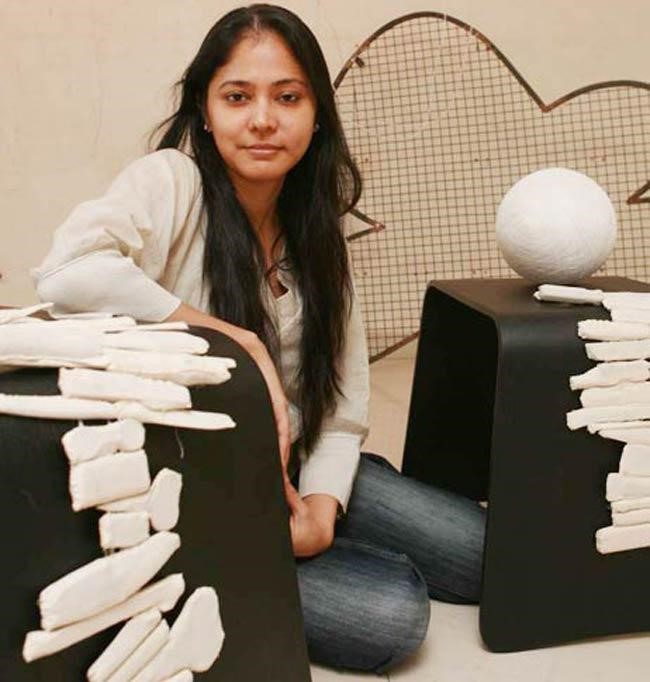
Her obsession with research-based practice has inspired her to work in a variety of media, including video and image, fixed objects, sculpture, total performance, and sound and light installations. Even while she explores the inconsistencies and rifts that particular circumstances reveal in these ostensibly well-defined concepts, she dismantles created ideas of identity that are tied to equally brief notions of nation, state, limits, and citizenship.











